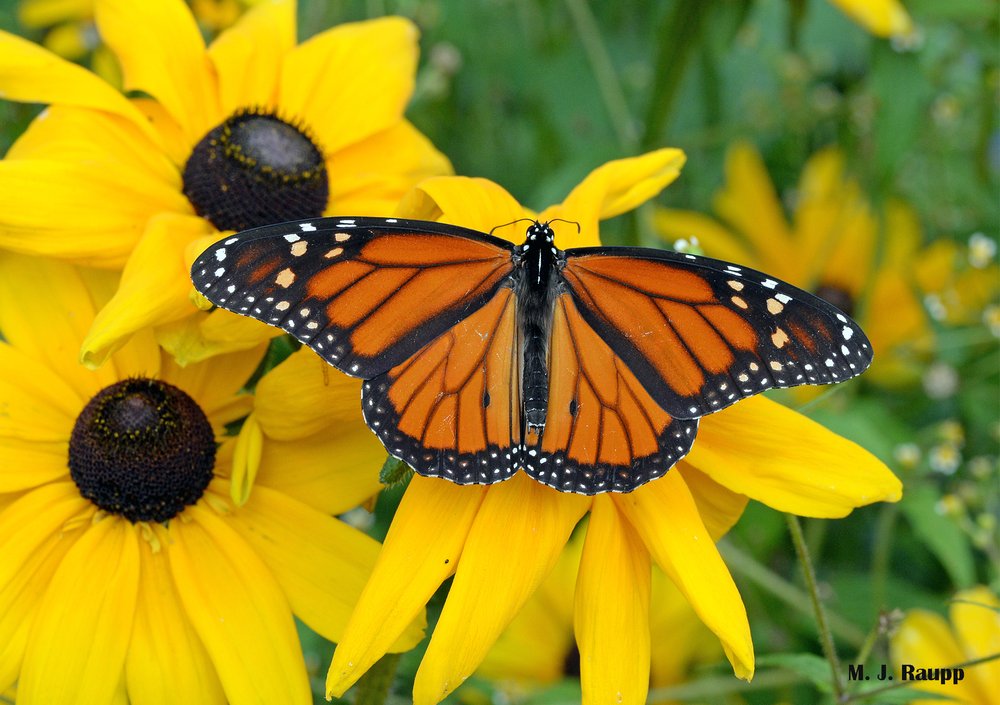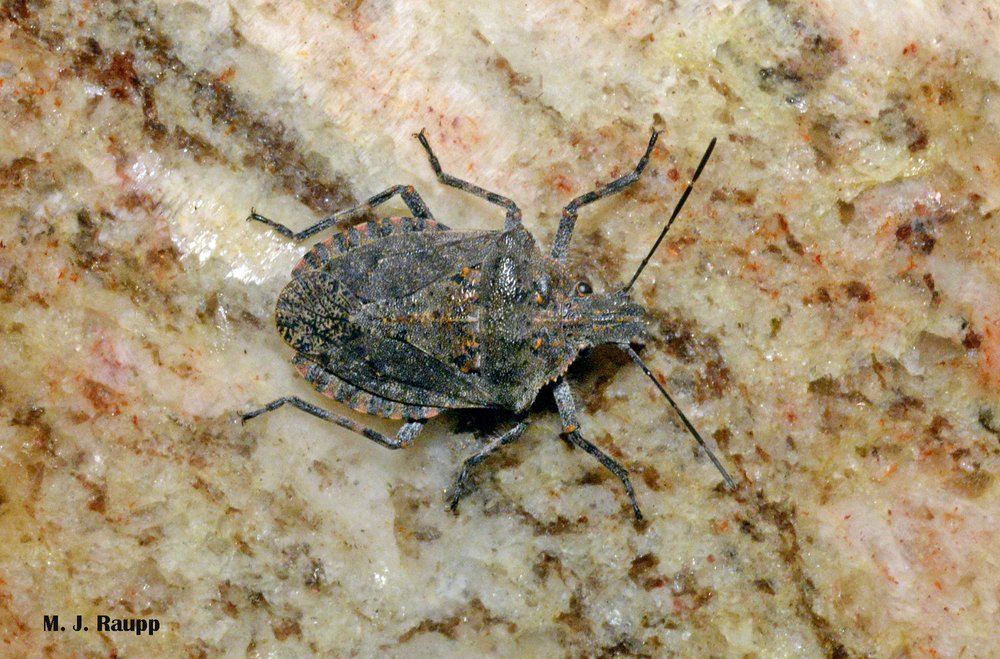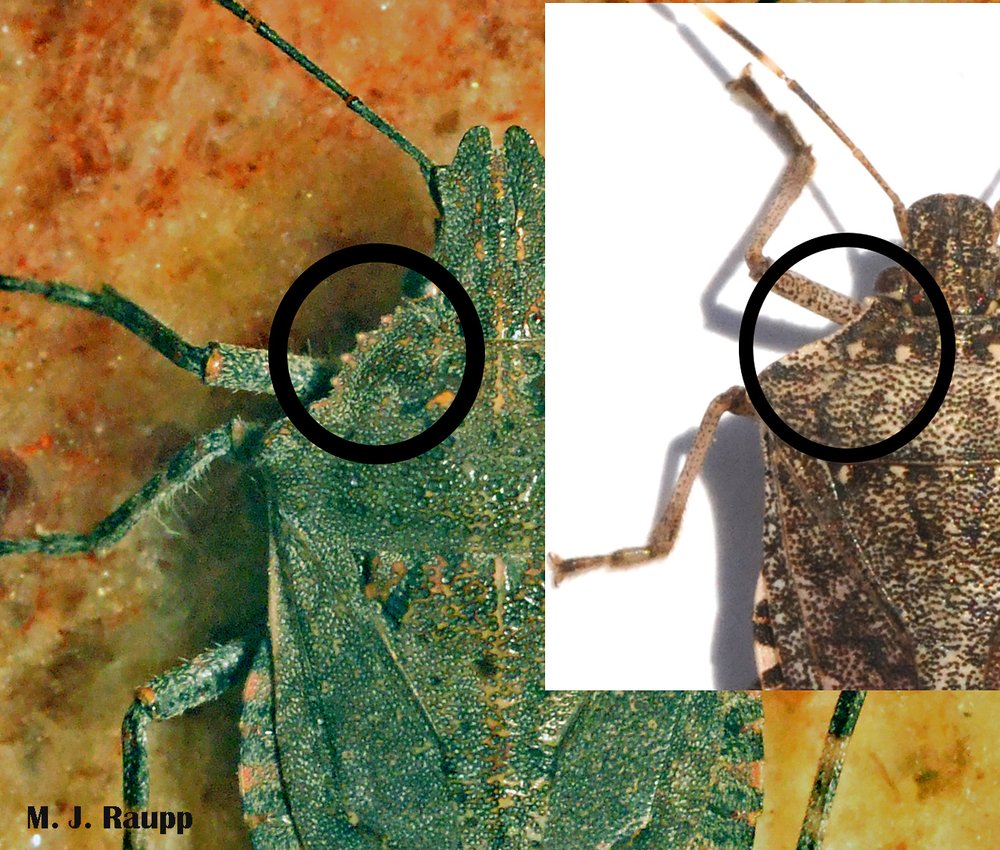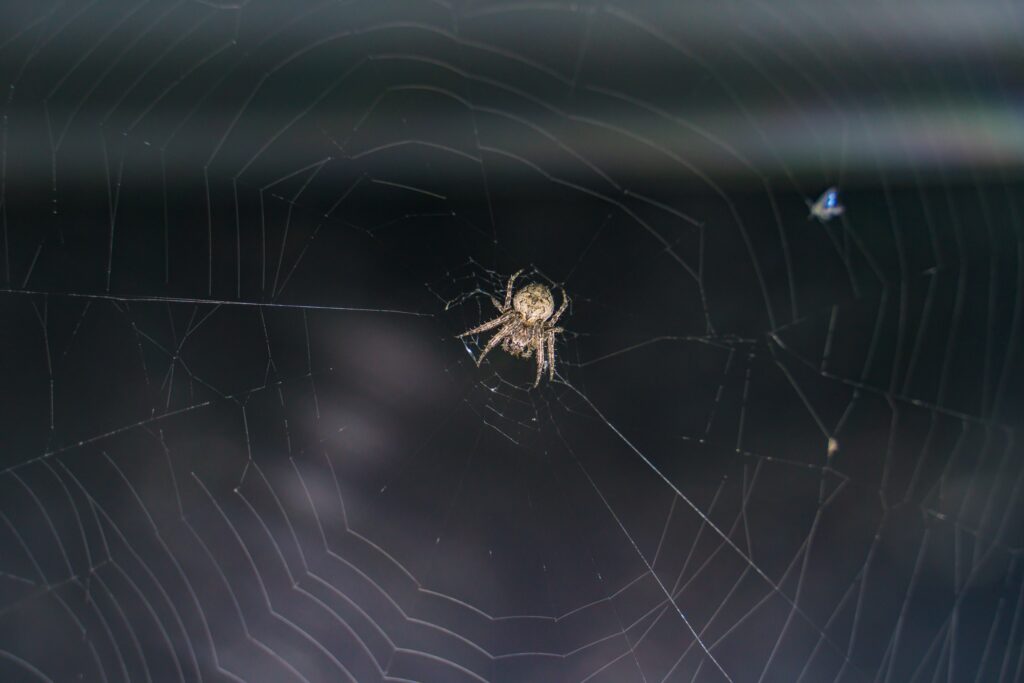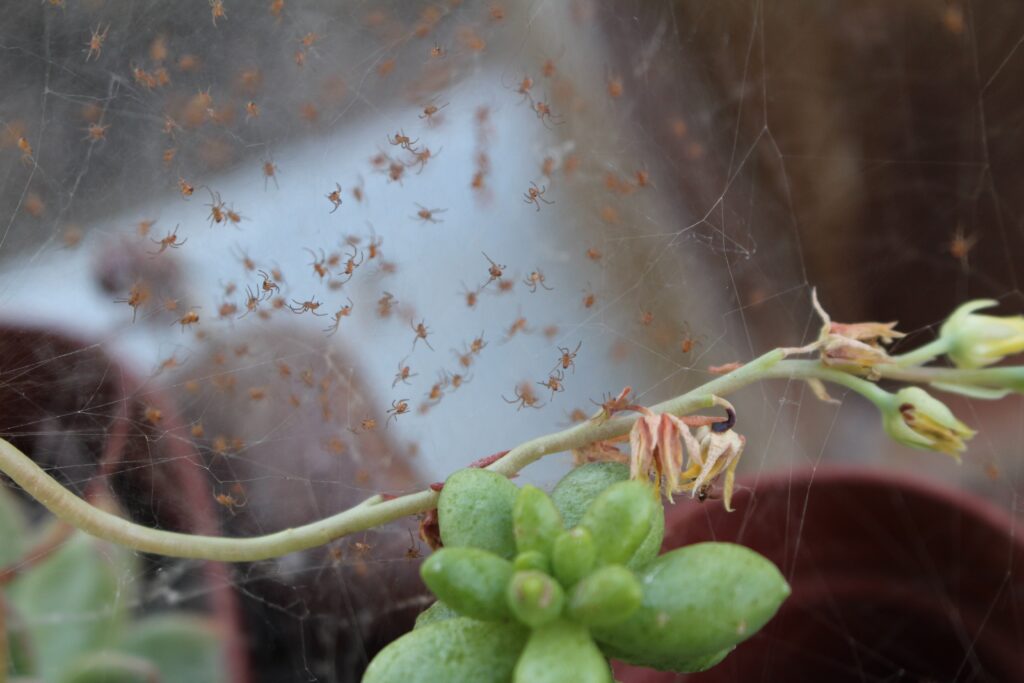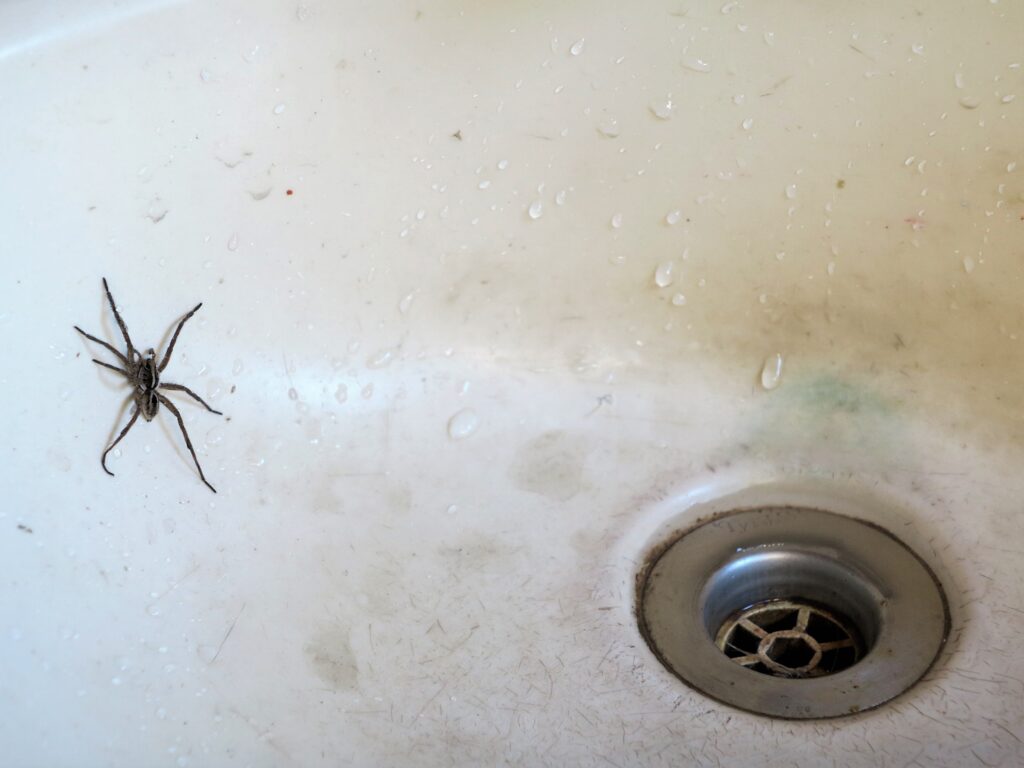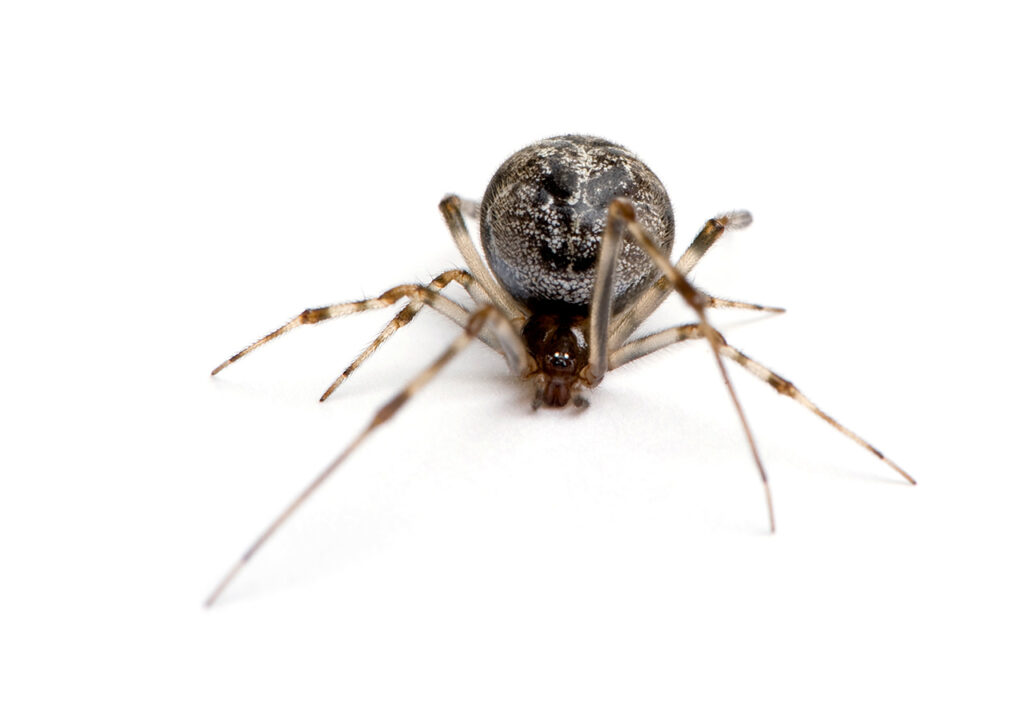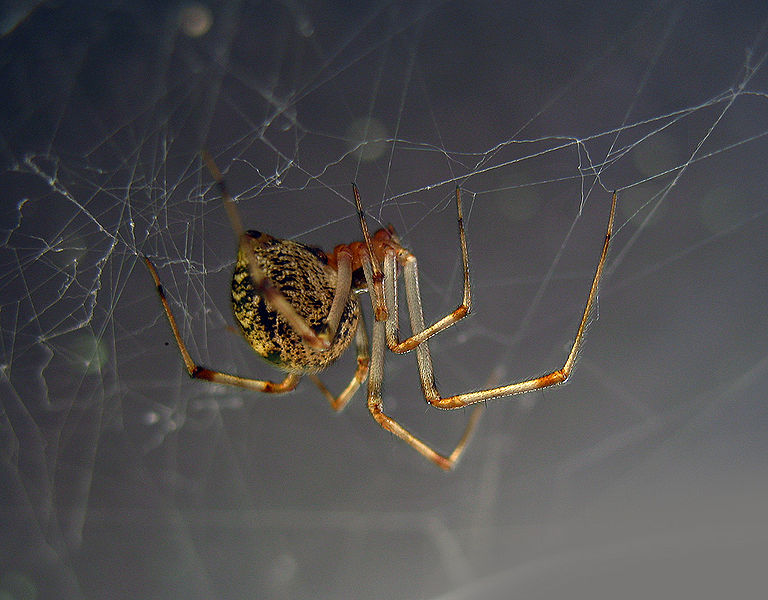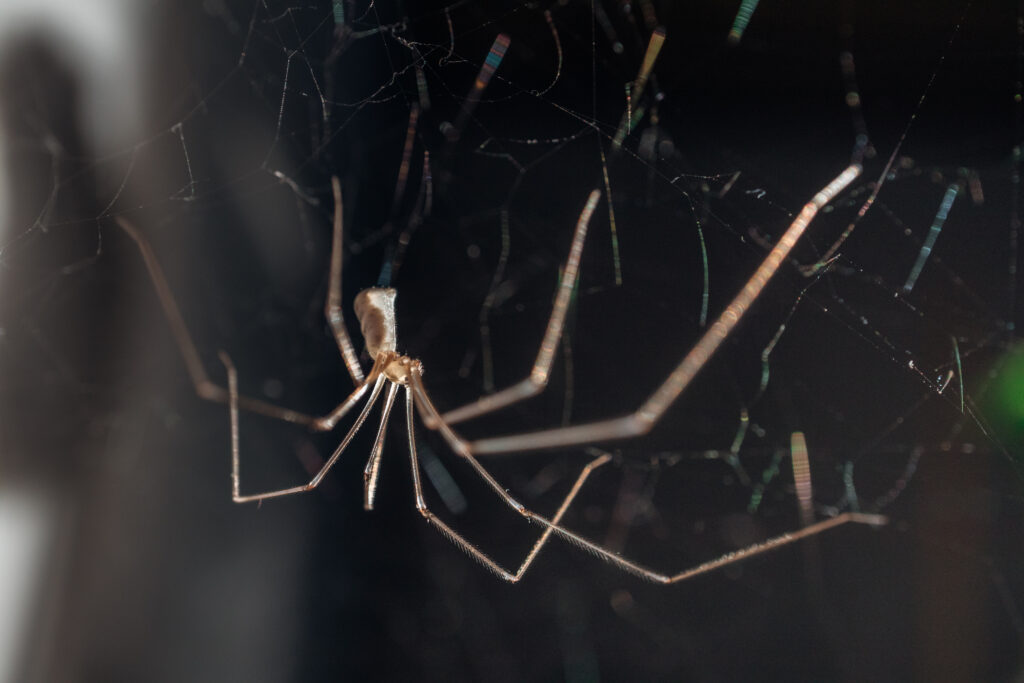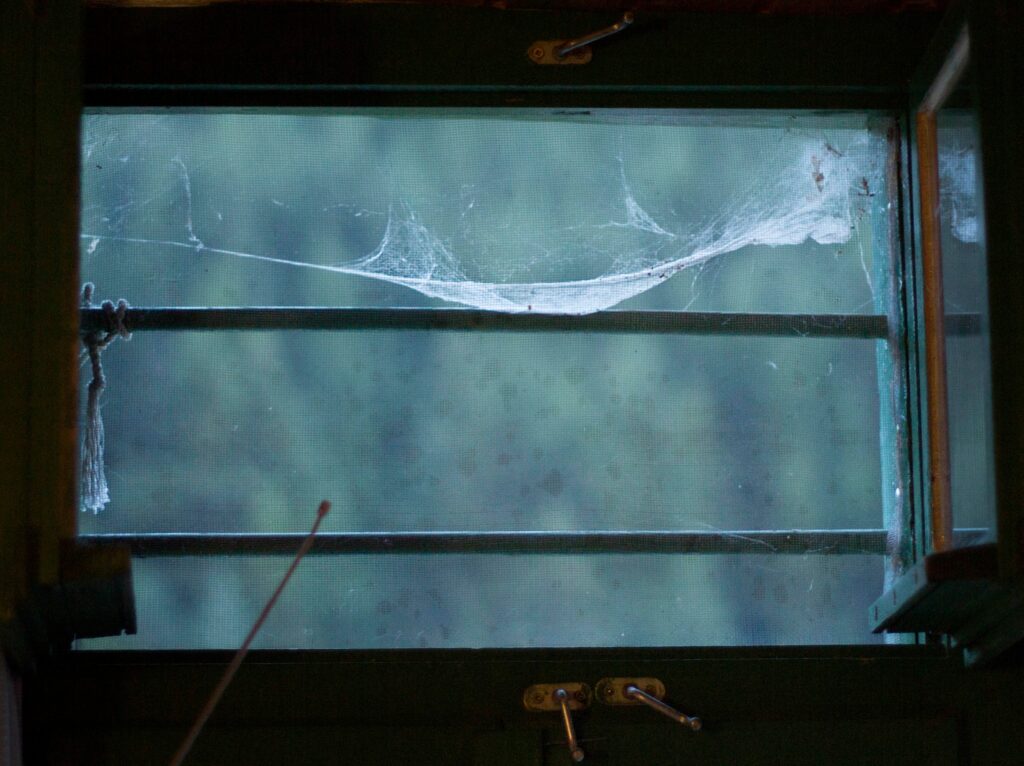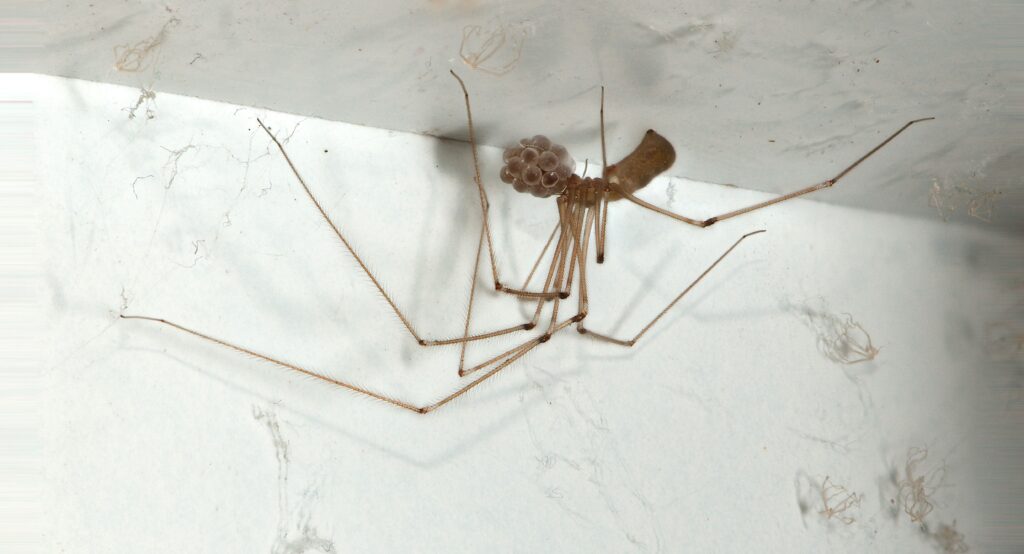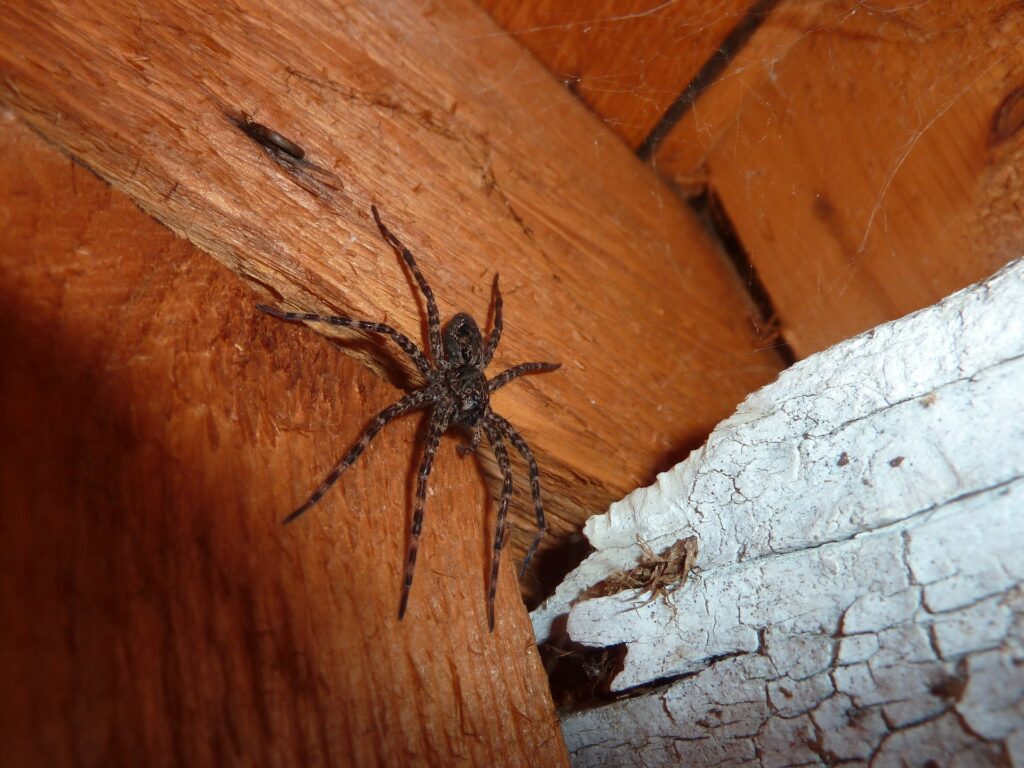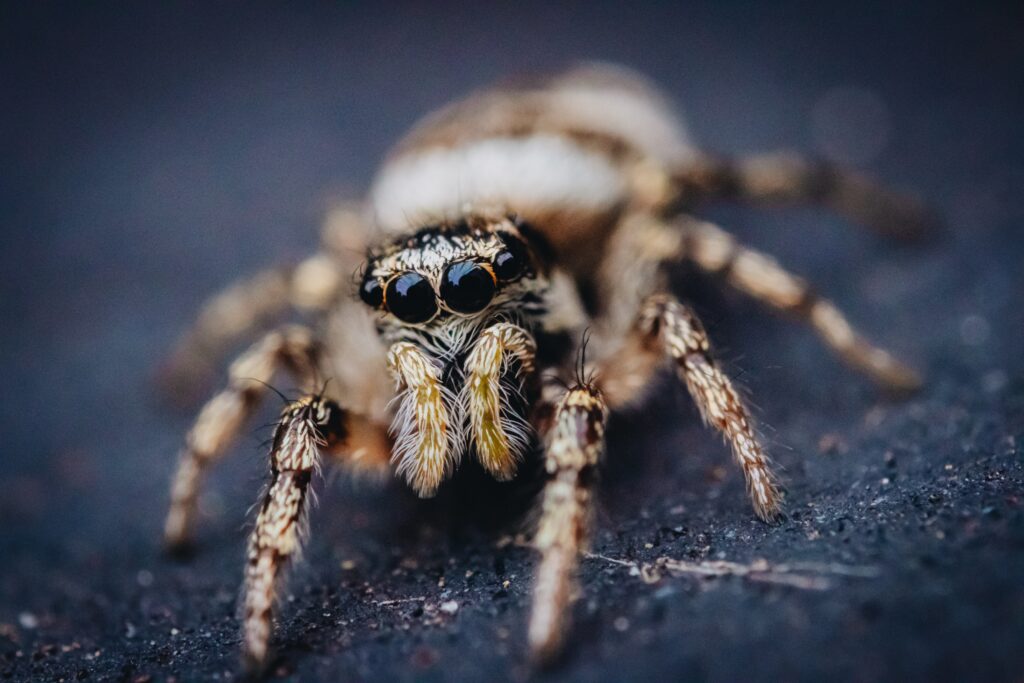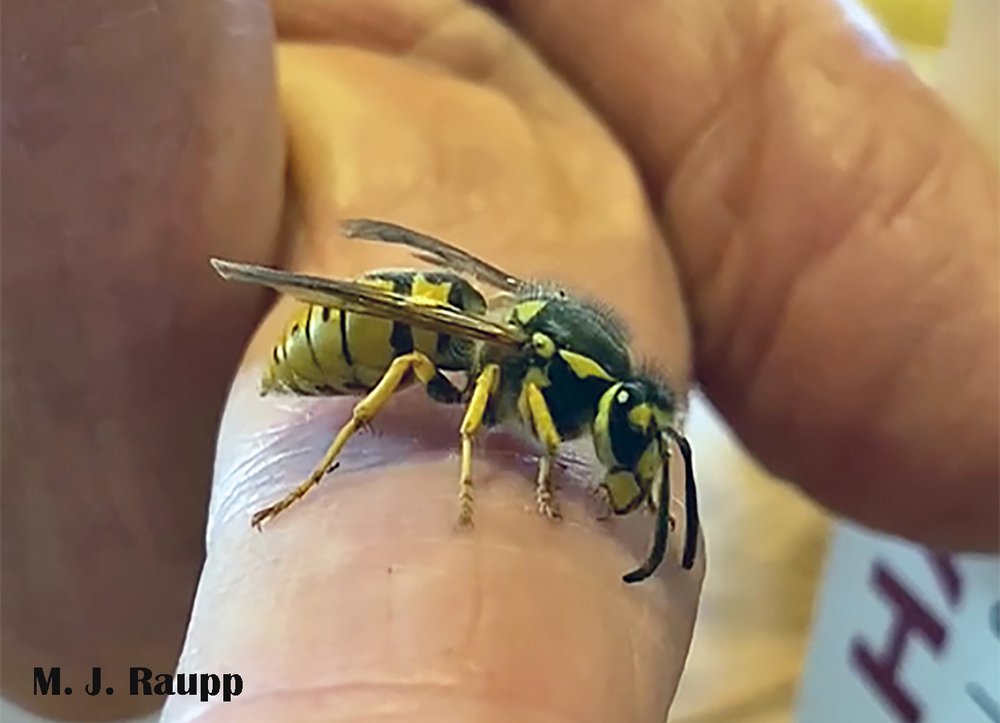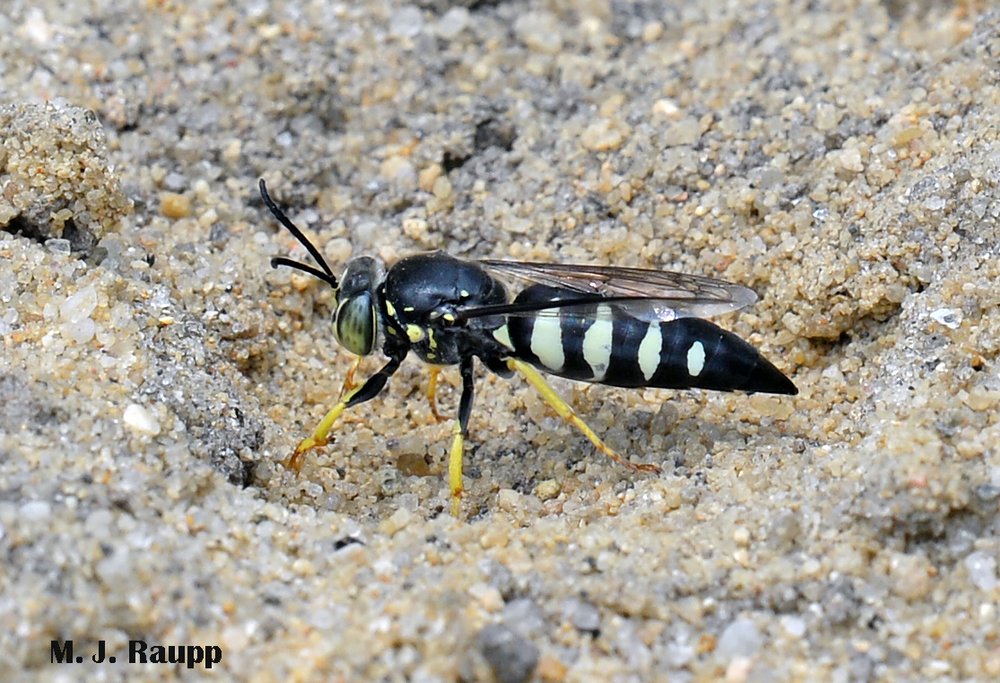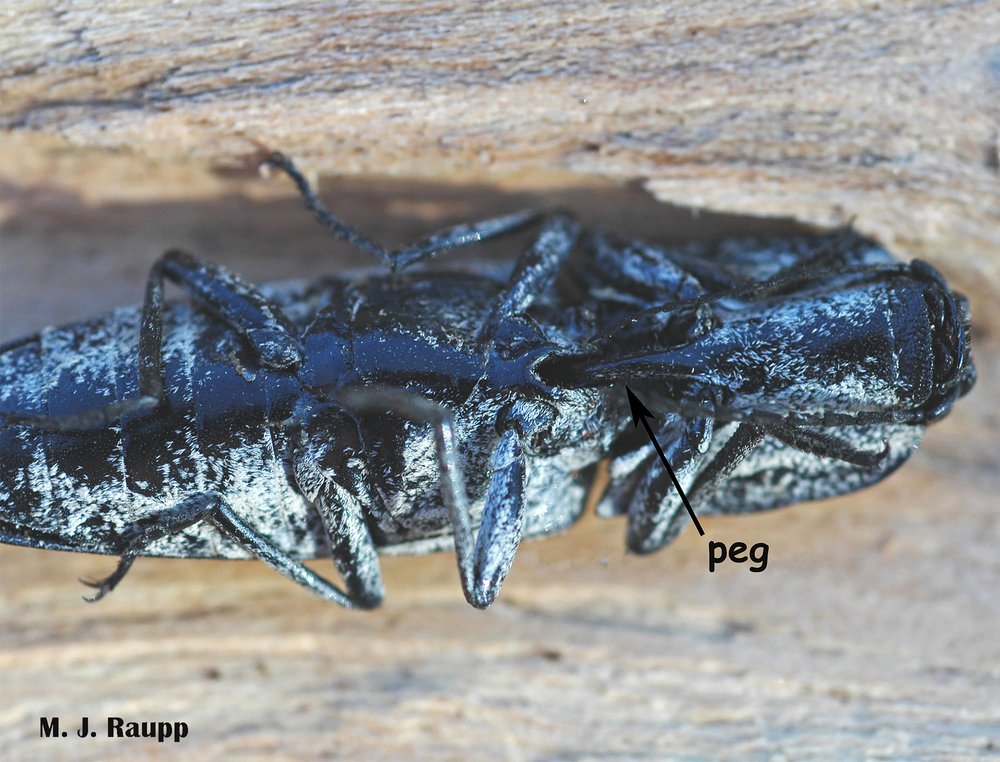Natural Squirrel Repellents & Deterrents For Your Yard
Learn About Organic Squirrel Repellents that can Temporarily Stave Off an Infestation
Squirrels can make a mess of any yard, lawn, or garden, but keeping them away is an involved chore.
Whether the furry critters are littering a property with caches or small holes to store food such as nuts, chewing away at the siding or eaves of a home or building, stripping the bark off of trees, or terrorizing bird feeders and flower beds, squirrels are a nuisance that no one wants in their yard.
As a year-round pest, squirrels can be a challenge for any property owner. Dealing with an infestation of the nut-gatherers is not only time-consuming, but also impossible for a non-professional to completely resolve on their own without the help of a certified pest control technician.
Although not a failsafe solution to the problem, inexperienced individuals should rely on safe, natural squirrel repellents to stave off the tree-climbers until experts can arrive.
Odorous Sprays
Squirrels have incredibly powerful noses. Through its olfactory apparatus — the nasal cavities that connect to the brain in order to interpret smells, a squirrel can detect those within its scurry or family.
Homeowners and business owners alike can use this strength against the critters by dousing the property in scents that squirrels hate.
Spices
The ingredients required to concoct a natural squirrel deterrent can be found inside of the typical spice cabinet, including:
- Cinnamon: A generous amount of ground cinnamon or cinnamon oil mixed with cayenne extract or peppermint oil and warm water must be applied to affected areas to ward squirrels away. And as elements such as rain can wash away the scent, reapply the perimeters at least once a week or as needed to get the best results.
- Garlic: The smell of fresh garlic is abhorrent to squirrels but a downside to using a garlic-based sprays is it fails as a long-standing solution. For those who choose to create an organic squirrel spray made of chopped garlic, pepper and vinegar, be aware that constant reapplication is necessary for it to be effective.
- Pepper: From white and black pepper to paprika and jalapenos, squirrels despise this seasoning. To keep squirrels out of a birdfeeder or other parts of a yard, spray the property with a mixture of tabasco sauce and water or sprinkle ground pepper throughout the area. This can also work for crawlspaces and attics, although if applied as a liquid solution, it may discolor hardwood surfaces.
- Apple Cider Vinegar: Most homemade squirrel deterrents created from spices tend to also include some amount of the condiment vinegar, but apple cider vinegar alone can dissuade squirrels from infiltrating. It can be sprayed directly onto hard surfaces or applied to old towels which can then be stuffed inside crawlspaces to keep squirrels from nesting there. This is not a good solution for outdoor areas as pure vinegar can harm or kill plants.
For untrained individuals without the expertise or tools to handle infestations of squirrels and other nuisance wildlife, deferring to homemade repellents can help control the problem in the short-term.
But no homemade concoction can compare or produce the long-term results that come with expert pest specialist intervention.
Through Catseye Pest Control’s Squirrel Removal service, technicians can create customized control and exclusion methods for the property.
Residents and property owners should always consider calling trained technicians to come up with permanent solutions — ensuring squirrels are eradicated from the area for good.
Laundry Products
If the spice cabinet is empty or an alternative strategy is required, non-experts without the training to be rid of a squirrel infestation on their own can also look to their bathroom or laundry room for deterrents.
Supplies such as dryer sheets, laundry soap, mothballs and even deodorants all have distinct scents to keep squirrels from overstaying their welcome.
Mothballs are particularly detested by squirrels because the material contains naphthalene, which also happens to be the by-product of burning objects.
As a result, squirrels mistake the smell of mothballs for the odor of smoke from a forest fire and are enticed to run away from the scent to avoid danger.
The effectiveness of mothballs and similar products only lasts as long as the odor lingers. Once the scent fades or is lost, the squirrel infestation will most likely reoccur unless a pest control expert intervenes.
Scents of Predators
Squirrels also use the power of smell as an indirect defense mechanism against predators.
A squirrel can pick up the scent of a predator, such as a badger, weasel, coyote, fox, raccoon, or bobcat, and interpret it as a warning to stay away.
Any product with a smell that mimics the odor of animal urine can be weaponized against squirrels.
A popular approach is to sprinkle fox urine granules around the premises to create a natural barrier of the scent.
The downside of this method is that these granules have an incredibly strong and unpleasant odor that permeates throughout the air so anywhere it’s applied becomes virtually uninhabitable.
Herbs & Flowers
Those with a green thumb can pivot their talents towards growing herbs and flowers that keep squirrels at a distance.
Among the list of squirrel-repellent plants are mints like peppermint and spearmint, and rosemary. Conveniently, such herbs can be infused into essential oils as well.
Squirrels are also disrupted by the intense odor of a thiol — the liquid produced from the anal glands of skunks.
Curating a garden or flowerbed around plants that produce a similar scent can shield the rest of the vegetation.
Crown imperials, spider flowers or cleomes, and skunk cabbage all emit a skunk-like odor.
It’s important to note that because squirrels do not hibernate, planting such strong-smelling herbage is not a long-term nor year-round solution.
Sensory Scare Tactics
Scented deterrents are safe bets when fighting off a scurry of squirrels, but other tactics can produce similar results.
A squirrel has sensitive paws and dislikes touching surfaces that are difficult to dig or chew through, so spreading inorganic mulch, gravel, and even coffee grounds on the ground or around a garden can dissuade a squirrel from trespassing.
And much how like a dog can hear frequencies that are inaudible to human ears, squirrels can also detect sounds above the regular frequency range.
This discovery has led scientists to develop efficient ultrasound devices that produce unpleasant sound waves — causing squirrels to run out of hearing range of the device.
As a last resort, visual decoys can sometimes work against the tree-climbing nuisances.
Statues of predatory birds such as owls and hawks may frighten off a handful of squirrels while objects such as baffles can shield birdfeeders and similar structures from the fluffy-tailed critters.
But as with all do-it-yourself tactics, there are limitations to these strategies or may succeed in repelling just a couple of squirrels. If a property is struggling with an infestation, a professional needs to be called.
Cat-Guard Exclusion Systems: The Ultimate Solution Against Squirrels
Squirrels are agile, intelligent, and resilient creatures.
It’s rare that homemade efforts would be enough to deter a scurry let along an infestation of them from settling onto a property.
The most failsafe answer to a squirrel problem is to seek custom-made solutions provided by experienced professionals in the pest management industry, like those created through Catseye’s Cat-Guard Exclusion Systems.
No matter if the nuisances are entering the property by way of overhanging branches, utility lines, poles, or rooftops, Cat-Guard specialists have the means and training to design barriers that are guaranteed to protect.
After performing a free, in-depth inspection of the area, our technicians can then pinpoint all of the vulnerable places where squirrels are getting in and create tailored defenses to bar them from re-entry.
Those enrolled in this program are also entitled to annual inspections, so clients can rest assured their property is pest-free all year round.
Keep Squirrels Out with Catseye Pest Control
If squirrels are terrorizing your property, regain control with help from the best pest management experts in the industry.
Our methods are not only safe and effective but also executed in an environmentally friendly way.
For more information regarding our programs and services or to schedule a free inspection, contact us.
The post Natural Squirrel Repellents & Deterrents For Your Yard appeared first on Catseye Pest Control.
This article appeared first on Catseye Pest
